Home>Furniture & Design>Bathroom Accessories>How Long Does COVID Live On A Toothbrush


Bathroom Accessories
How Long Does COVID Live On A Toothbrush
Modified: October 18, 2024
Learn how long COVID-19 can survive on bathroom accessories like toothbrushes. Protect yourself and your family with proper hygiene practices.
(Many of the links in this article redirect to a specific reviewed product. Your purchase of these products through affiliate links helps to generate commission for Storables.com, at no extra cost. Learn more)
Introduction
In the wake of the COVID-19 pandemic, maintaining proper hygiene has become more crucial than ever. As we navigate through this unprecedented time, it's essential to pay attention to the cleanliness of everyday items, including toothbrushes. The question of how long COVID-19 can survive on a toothbrush has become a topic of concern for many individuals striving to protect themselves and their loved ones from potential exposure to the virus.
Understanding the potential risks associated with COVID-19 and the surfaces it can survive on is paramount in safeguarding our health. In this article, we will delve into the specifics of COVID-19, explore how long it can persist on surfaces, and discuss the factors that can influence its survival on toothbrushes. Additionally, we will provide practical tips for keeping your toothbrush clean and safe from potential COVID-19 contamination.
By gaining a comprehensive understanding of these aspects, you can take proactive measures to minimize the risk of COVID-19 transmission through your toothbrush. Let's embark on this informative journey to equip ourselves with the knowledge and strategies necessary to maintain a hygienic environment and protect our well-being.
Key Takeaways:
- Keep your toothbrush clean to reduce COVID-19 risk. Replace it every 3-4 months, rinse after use, and store it upright in a ventilated area. Avoid sharing and prioritize hand hygiene.
- COVID-19 can survive on toothbrushes. Regularly disinfect and store them properly. Avoid cross-contamination and prioritize individual hygiene practices.
Read more: How Long Does Herpes Live On A Toothbrush
Understanding COVID-19
COVID-19, caused by the novel coronavirus SARS-CoV-2, has significantly impacted the global population since its emergence. This highly contagious respiratory illness has led to widespread health concerns and necessitated unprecedented measures to mitigate its spread. Understanding the characteristics and behavior of COVID-19 is crucial in implementing effective preventive measures, including the proper handling and cleaning of everyday items such as toothbrushes.
The virus primarily spreads through respiratory droplets when an infected person coughs, sneezes, or talks, making close contact with an infected individual a common mode of transmission. Additionally, COVID-19 can also spread by touching surfaces or objects contaminated with the virus and then touching the face, particularly the mouth, nose, or eyes. This mode of transmission underscores the importance of maintaining cleanliness and hygiene in our daily routines.
The incubation period of COVID-19, which is the time between exposure to the virus and the onset of symptoms, can range from 2 to 14 days. This prolonged incubation period presents challenges in identifying and containing the spread of the virus, as individuals may unknowingly transmit the virus during this period.
Furthermore, the severity of COVID-19 symptoms can vary widely, ranging from mild respiratory issues to severe respiratory distress and multi-organ failure. Certain individuals, such as the elderly and those with underlying health conditions, are at a higher risk of developing severe complications from the virus. This variability in symptom presentation underscores the importance of taking proactive measures to prevent the spread of COVID-19, including maintaining a clean and sanitized environment.
In the context of everyday items, such as toothbrushes, understanding the nature of COVID-19 is essential in implementing proper hygiene practices to minimize the risk of potential exposure. By gaining insight into the characteristics and transmission dynamics of the virus, individuals can make informed decisions regarding the cleaning and maintenance of personal items, thereby contributing to the collective effort to curb the spread of COVID-19.
This understanding of COVID-19 serves as the foundation for developing practical strategies to mitigate the risk of virus transmission through everyday objects, including toothbrushes. By staying informed and proactive, individuals can play a pivotal role in safeguarding their health and well-being during these challenging times.
How Long Can COVID-19 Live on Surfaces?
The survival of COVID-19 on various surfaces has been a subject of extensive research and scrutiny since the onset of the pandemic. Studies have indicated that the virus can persist on different materials for varying durations, posing potential risks of transmission through contact with contaminated surfaces. Understanding the longevity of COVID-19 on surfaces is crucial in implementing effective preventive measures to minimize the risk of exposure.
Research findings have revealed that COVID-19 can remain viable on surfaces such as plastic, stainless steel, and cardboard for varying periods. On plastic and stainless steel surfaces, the virus can survive for up to 72 hours, highlighting the potential for prolonged contamination if proper cleaning and disinfection measures are not employed. Similarly, on cardboard surfaces, COVID-19 can persist for up to 24 hours, emphasizing the importance of handling packages and deliveries with caution to mitigate the risk of exposure.
Furthermore, the longevity of COVID-19 on surfaces is influenced by environmental factors such as temperature and humidity. Lower temperatures and higher humidity levels have been associated with extended survival times of the virus on surfaces, underscoring the significance of environmental conditions in determining the risk of surface transmission.
The implications of these findings extend to everyday items that come into frequent contact with individuals, including toothbrushes. Given that toothbrushes are used multiple times a day and are often stored in environments conducive to microbial growth, understanding the potential for COVID-19 survival on these personal hygiene tools is paramount.
By recognizing the ability of COVID-19 to persist on surfaces for extended periods, individuals can adopt proactive measures to minimize the risk of transmission. Implementing regular cleaning and disinfection protocols for frequently touched surfaces, including toothbrushes, can significantly reduce the likelihood of virus transmission and contribute to maintaining a hygienic living environment.
In light of these insights, it is evident that the longevity of COVID-19 on surfaces underscores the importance of diligent hygiene practices and regular disinfection routines. By staying informed about the survival characteristics of the virus on surfaces, individuals can make informed decisions regarding the cleaning and maintenance of personal items, thereby contributing to the collective effort to curb the spread of COVID-19.
To reduce the risk of COVID on your toothbrush, rinse it thoroughly after each use and store it in a dry area. Consider replacing it more frequently, especially if you’ve been sick.
Factors Affecting COVID-19 Survival on Toothbrushes
The survival of COVID-19 on toothbrushes is influenced by several factors that warrant careful consideration to mitigate the risk of potential exposure. Understanding these factors is essential in implementing effective strategies to maintain the cleanliness and safety of toothbrushes, thereby minimizing the likelihood of virus transmission.
-
Moisture and Environment: Toothbrushes are frequently exposed to moisture, creating an environment conducive to microbial growth. This moisture, coupled with the presence of oral and environmental bacteria, can potentially facilitate the survival of COVID-19 on toothbrush bristles. Proper storage of toothbrushes in well-ventilated areas and ensuring thorough drying between uses can help mitigate the risk of virus survival.
-
Frequency of Use: The frequency of toothbrush use can impact the potential for COVID-19 survival. Regular use of toothbrushes introduces oral and environmental contaminants, which, if not properly managed, can contribute to the persistence of the virus on the bristles. Implementing a routine for replacing toothbrushes at regular intervals can help minimize the risk of virus transmission.
-
Cleaning and Disinfection Practices: The effectiveness of cleaning and disinfection practices directly influences the potential for COVID-19 survival on toothbrushes. Thoroughly rinsing toothbrushes after each use and employing appropriate disinfection methods, such as using mouthwash or hydrogen peroxide, can aid in reducing the presence of contaminants, including viruses, on the bristles.
-
Storage and Cross-Contamination: Improper storage of toothbrushes in close proximity to those of other household members can contribute to cross-contamination and the potential spread of viruses. Utilizing individual toothbrush holders or maintaining adequate spacing between toothbrushes can help minimize the risk of cross-contamination and reduce the likelihood of COVID-19 survival on toothbrushes.
-
Personal Hygiene Practices: Individual personal hygiene practices, including oral care routines and hand hygiene, play a significant role in mitigating the risk of virus survival on toothbrushes. Practicing thorough handwashing before and after handling toothbrushes, along with maintaining a consistent oral hygiene regimen, can contribute to reducing the potential for virus transmission through toothbrush use.
By considering these factors and implementing appropriate measures, individuals can proactively address the potential for COVID-19 survival on toothbrushes. Maintaining a heightened awareness of these influencing factors and integrating them into daily oral care routines can significantly contribute to minimizing the risk of virus transmission through toothbrush use.
Tips for Keeping Your Toothbrush Clean and Safe from COVID-19
Maintaining the cleanliness and safety of your toothbrush is essential in mitigating the potential risk of COVID-19 transmission. By implementing practical tips and hygiene practices, you can safeguard your oral health and minimize the likelihood of virus survival on your toothbrush.
-
Regular Replacement: Consider replacing your toothbrush at regular intervals, approximately every 3 to 4 months, or sooner if the bristles show signs of wear. This practice not only ensures effective cleaning but also reduces the potential for virus accumulation on older toothbrushes.
-
Thorough Rinsing: After each use, thoroughly rinse your toothbrush under running water to remove any remaining toothpaste, food particles, and oral debris. This simple yet crucial step helps minimize the presence of contaminants on the bristles.
-
Proper Storage: Store your toothbrush in an upright position in a well-ventilated area to facilitate drying between uses. Avoid covering the toothbrush head, as this can trap moisture and create an environment conducive to microbial growth.
-
Individual Holders: If multiple toothbrushes are stored in the same area, utilize individual holders or maintain adequate spacing between them to prevent cross-contamination. This practice reduces the risk of virus transfer between toothbrushes used by different household members.
-
Disinfection Methods: Consider employing additional disinfection methods to further ensure the cleanliness of your toothbrush. Options include rinsing the bristles with antibacterial mouthwash or using hydrogen peroxide to sanitize the toothbrush head.
-
Hand Hygiene: Prioritize thorough handwashing with soap and water before and after handling your toothbrush. Practicing proper hand hygiene reduces the likelihood of introducing contaminants to the toothbrush and minimizes the risk of potential virus transmission.
-
Avoid Sharing: Refrain from sharing toothbrushes with family members or others, as this can increase the risk of cross-contamination and potential virus transfer. Each individual should use their own designated toothbrush to maintain personal hygiene.
By incorporating these practical tips into your oral care routine, you can effectively minimize the risk of COVID-19 survival on your toothbrush and promote a hygienic environment for yourself and your household. These proactive measures contribute to maintaining oral health while addressing the potential for virus transmission through everyday items, ultimately supporting overall well-being during these challenging times.
Frequently Asked Questions about How Long Does COVID Live On A Toothbrush
Was this page helpful?
At Storables.com, we guarantee accurate and reliable information. Our content, validated by Expert Board Contributors, is crafted following stringent Editorial Policies. We're committed to providing you with well-researched, expert-backed insights for all your informational needs.
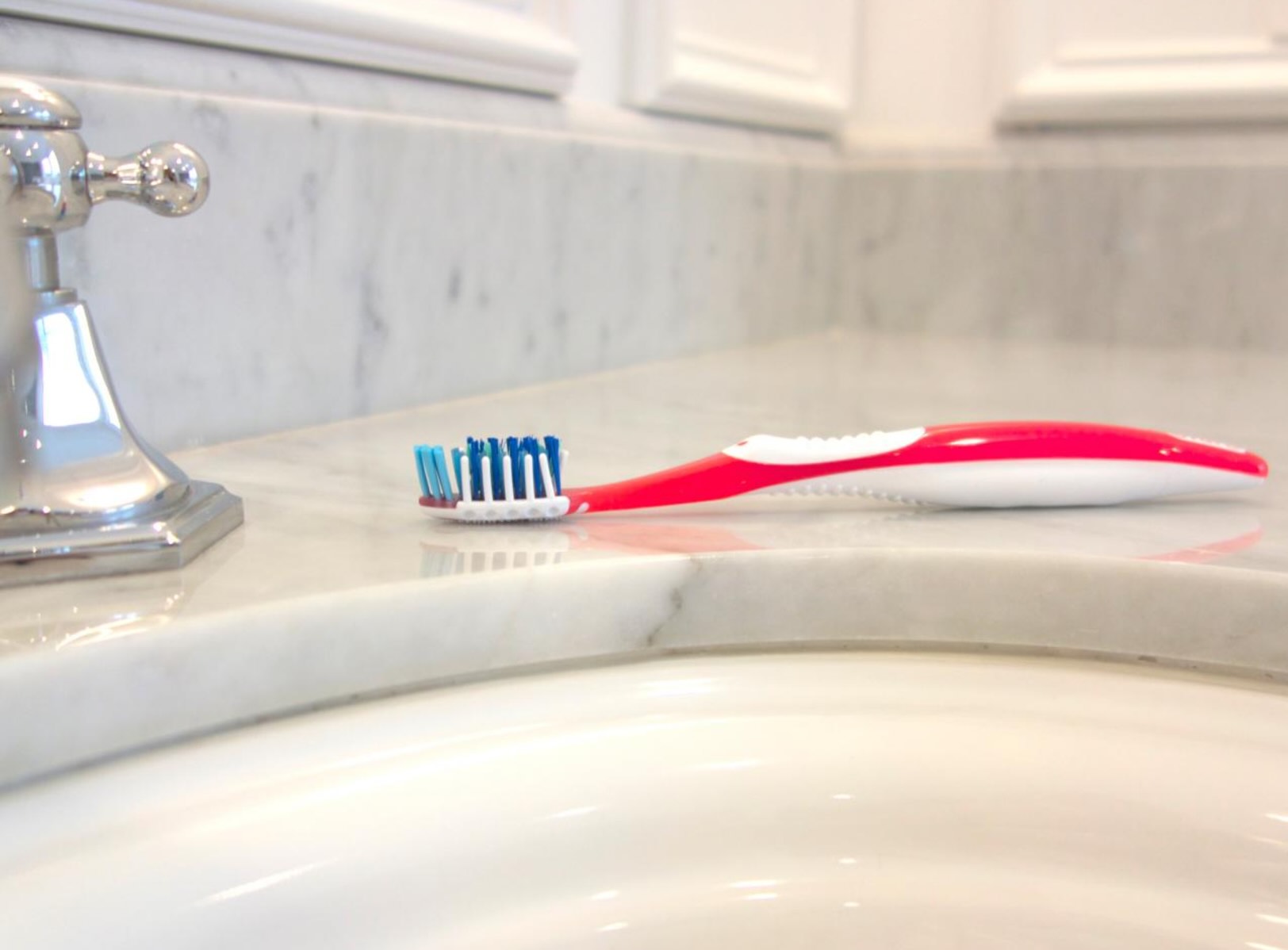
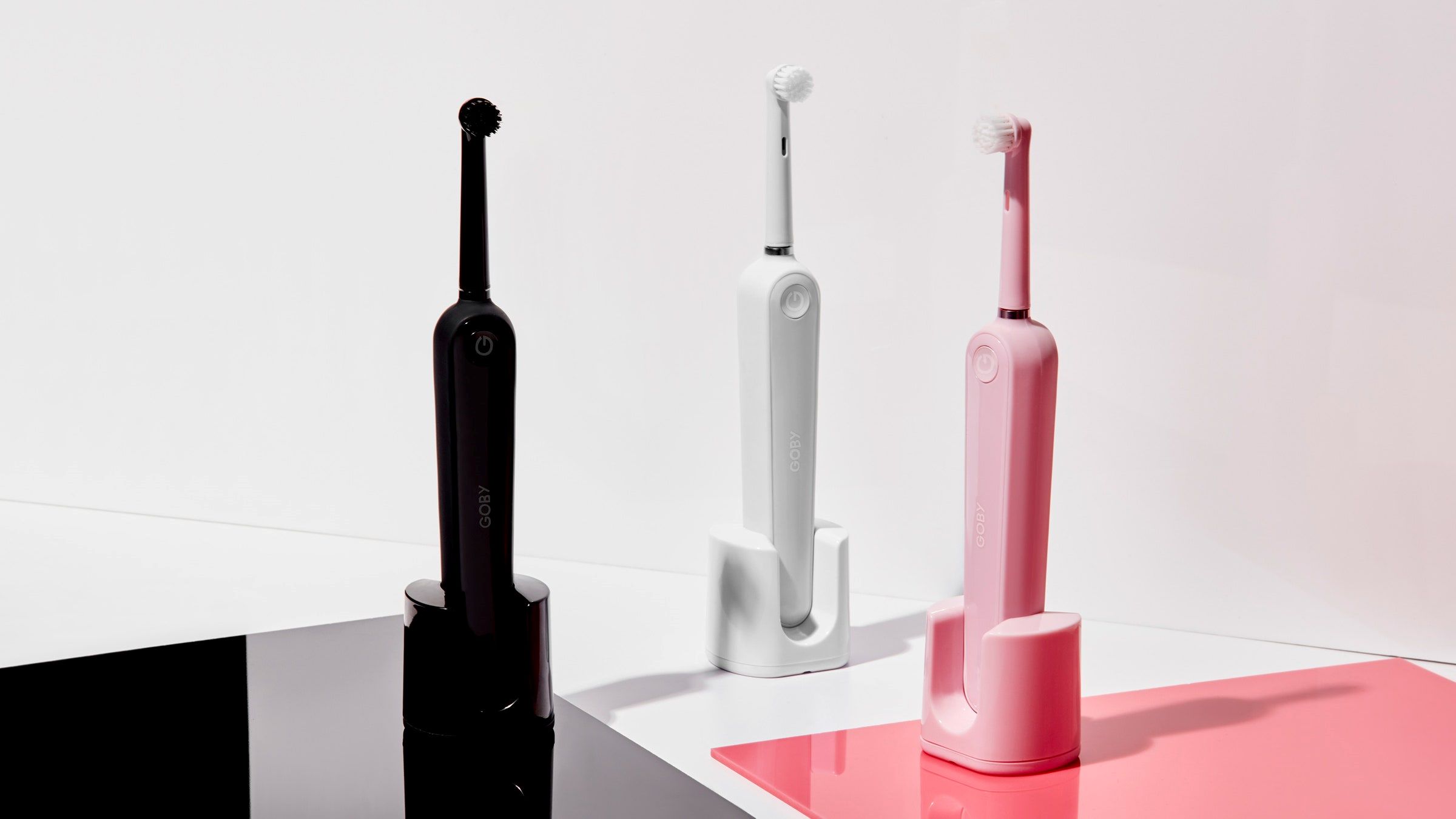
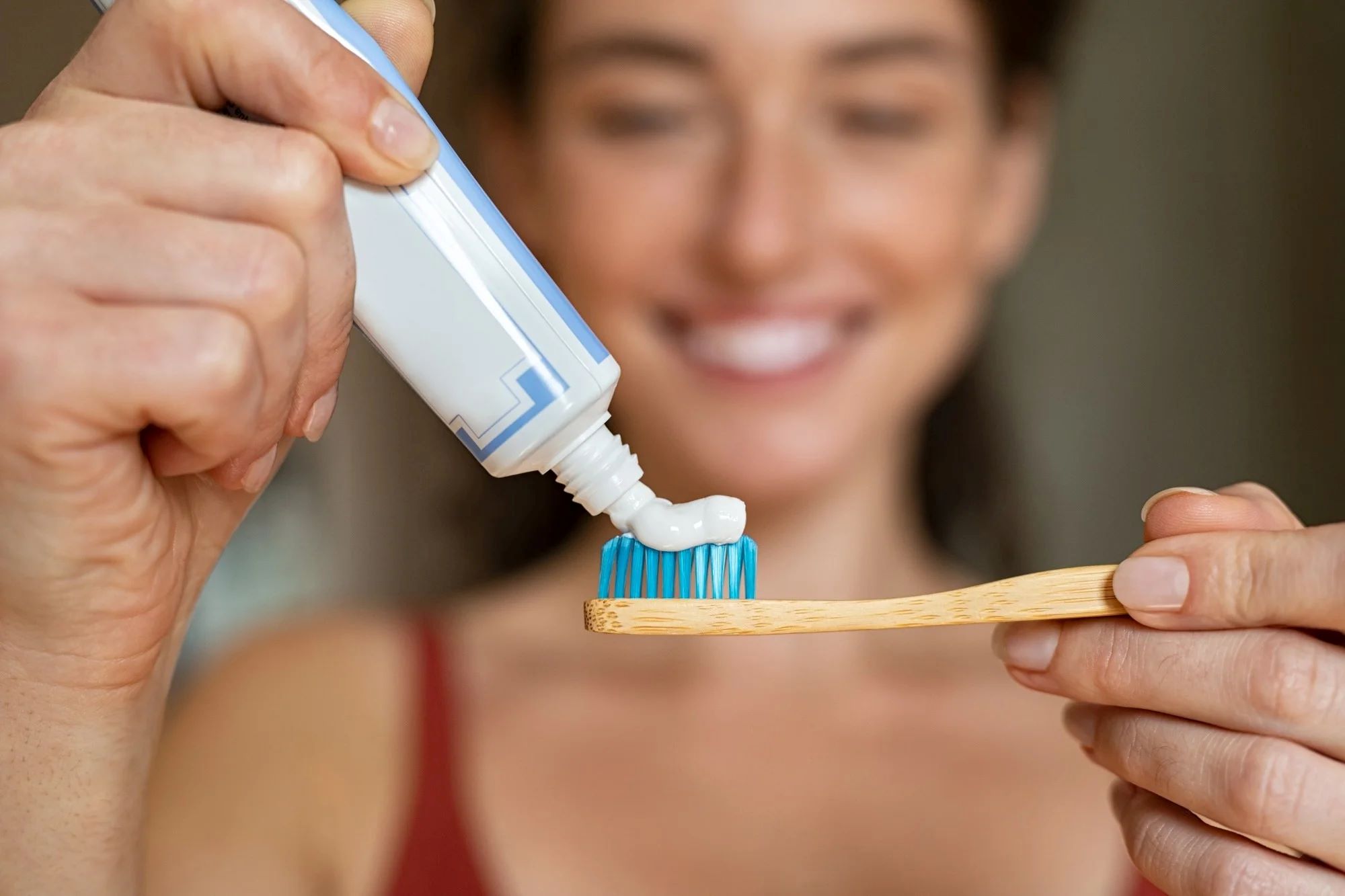
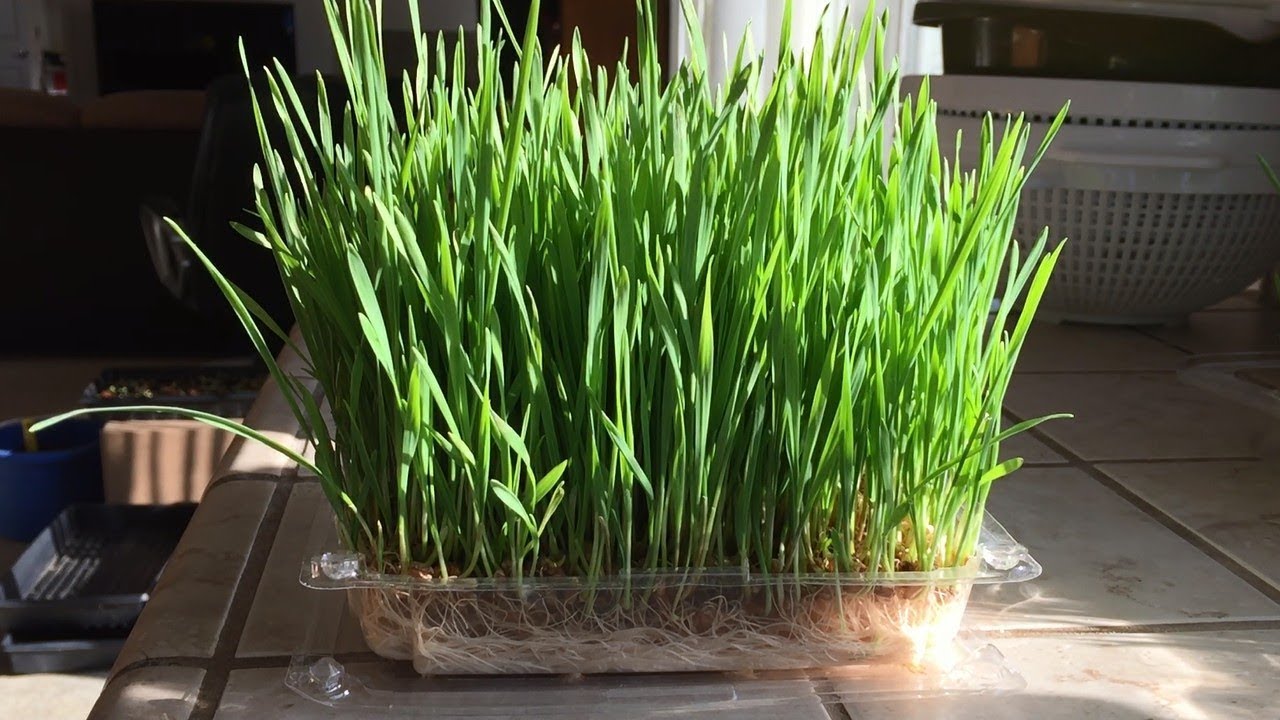

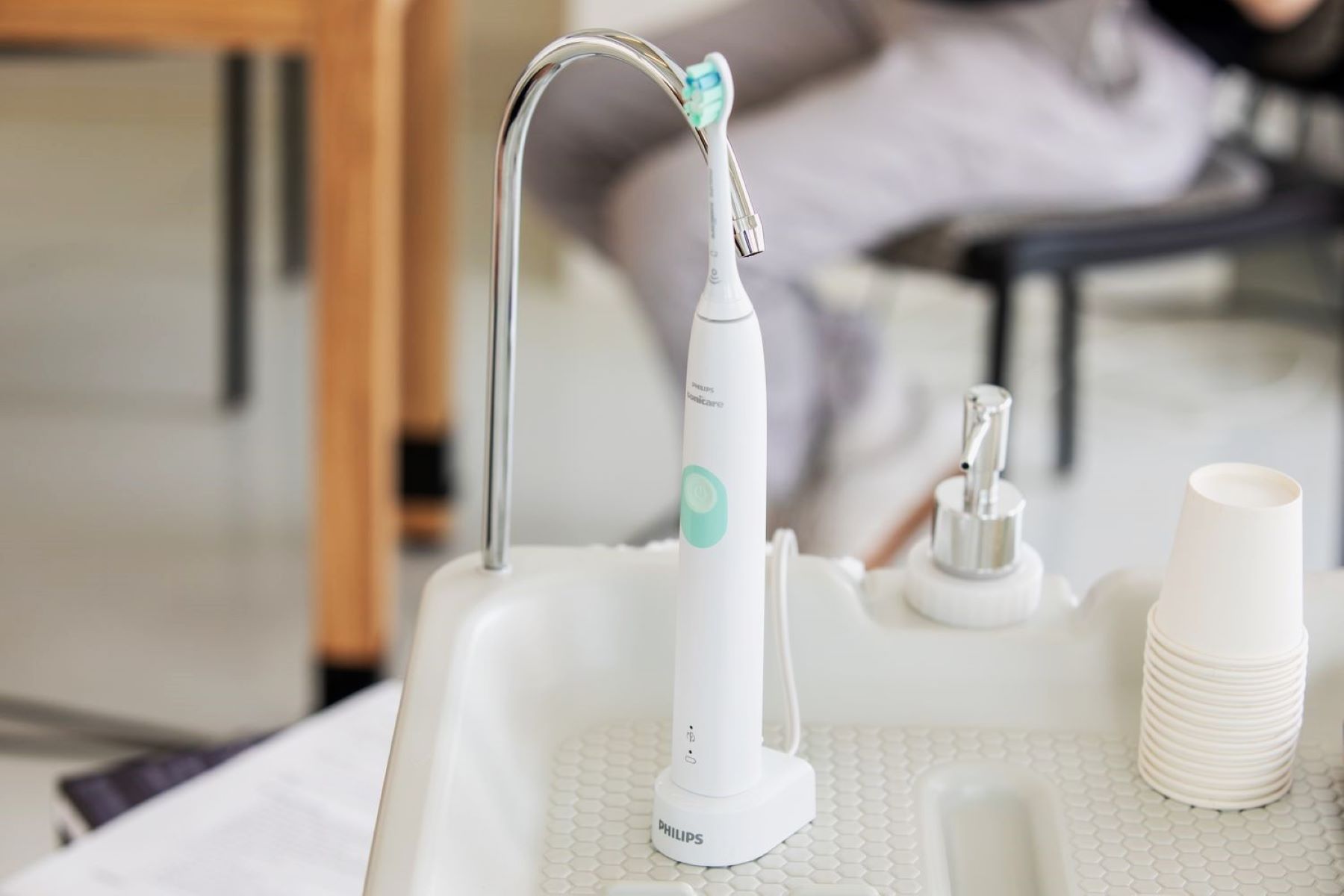
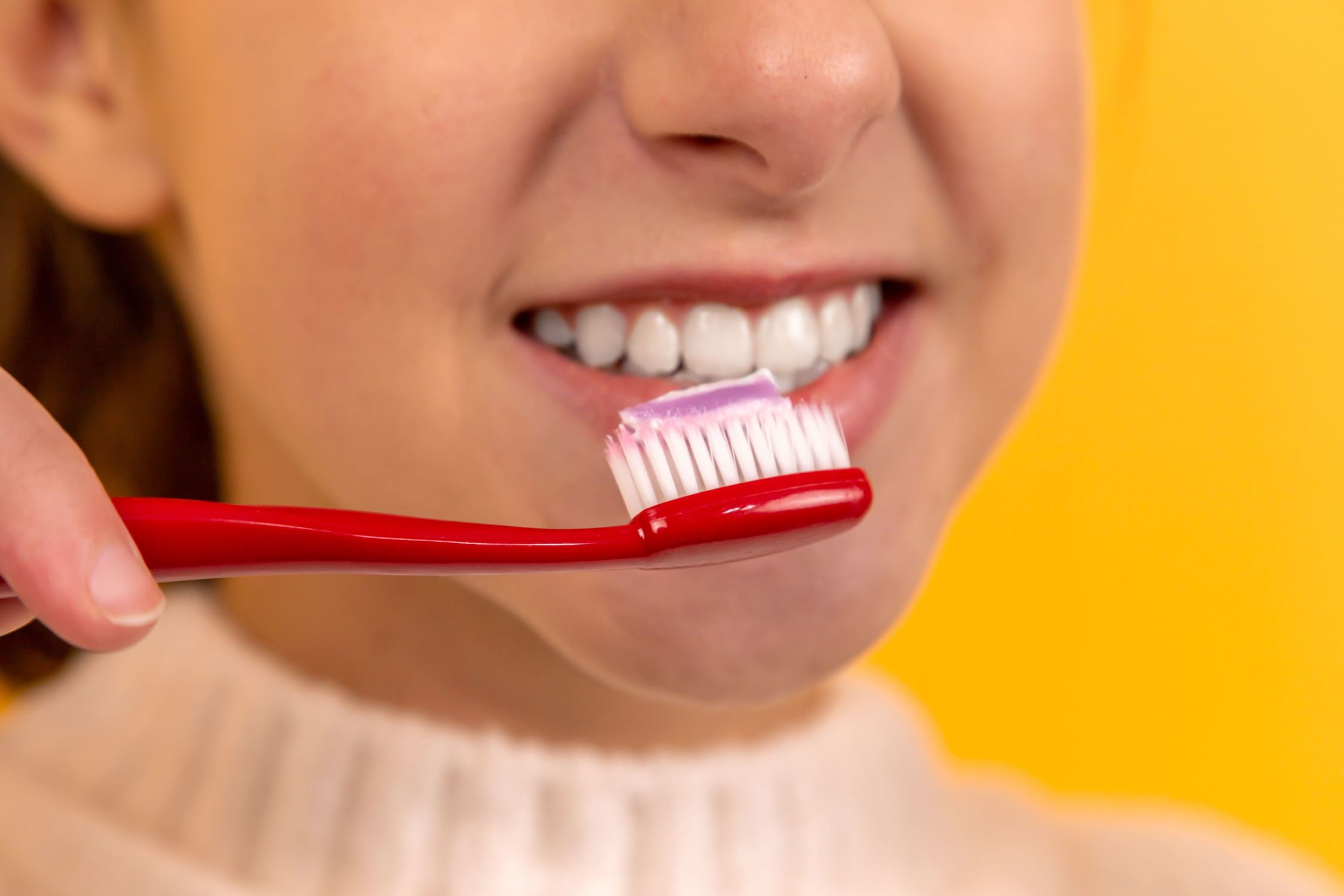
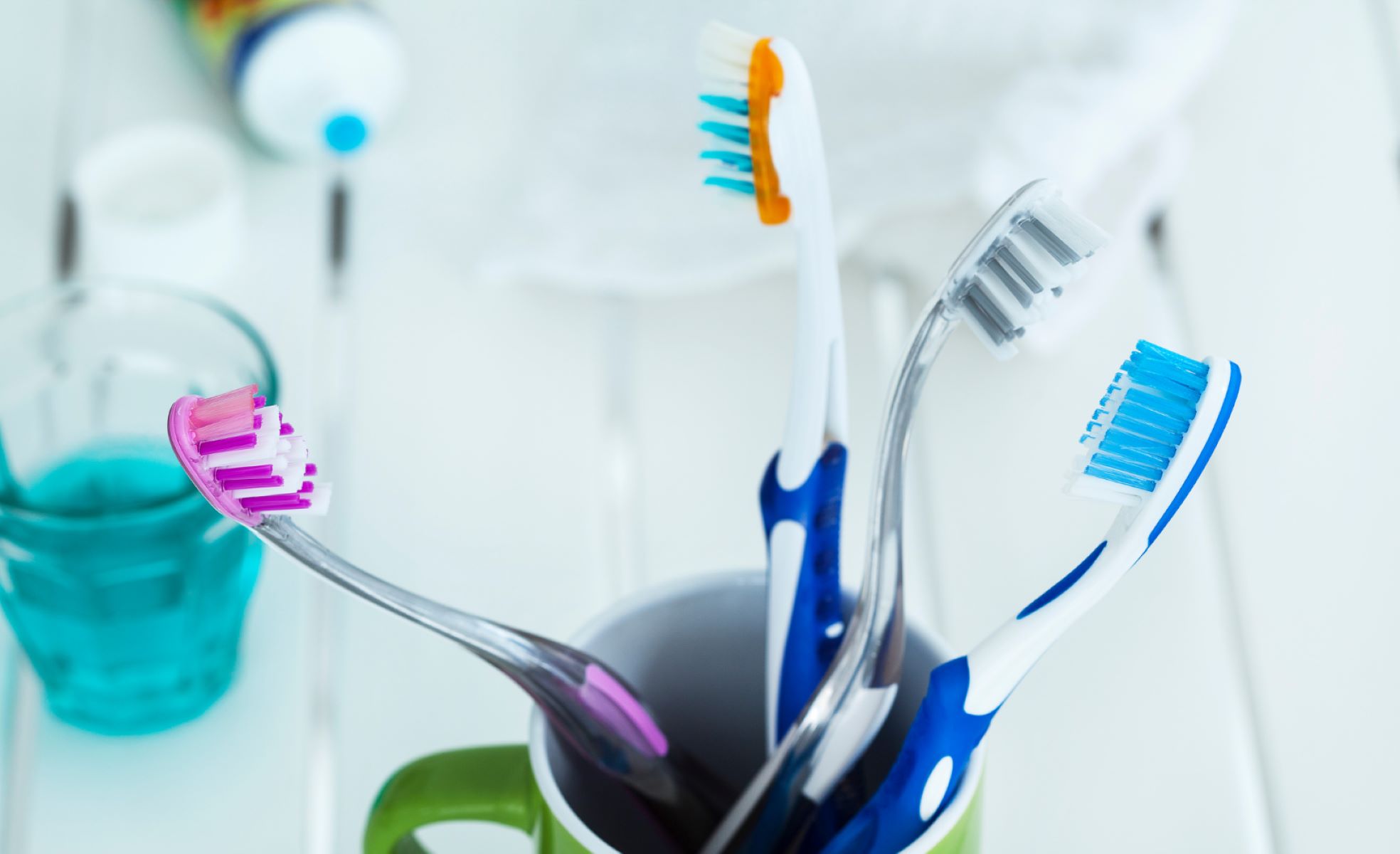
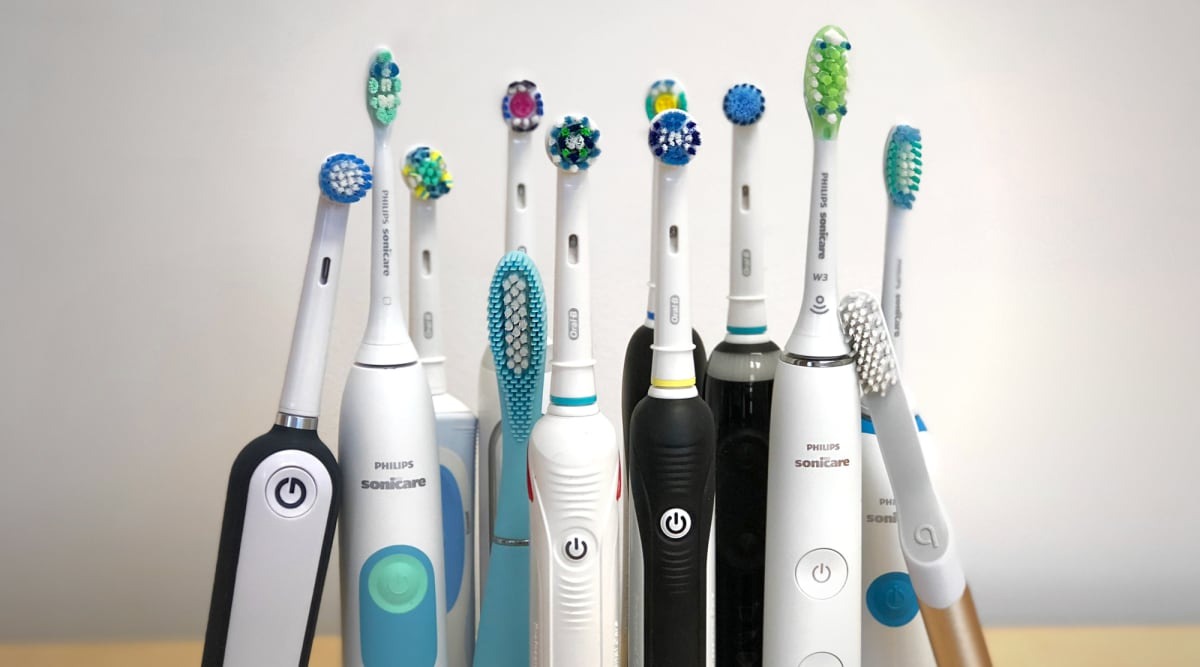

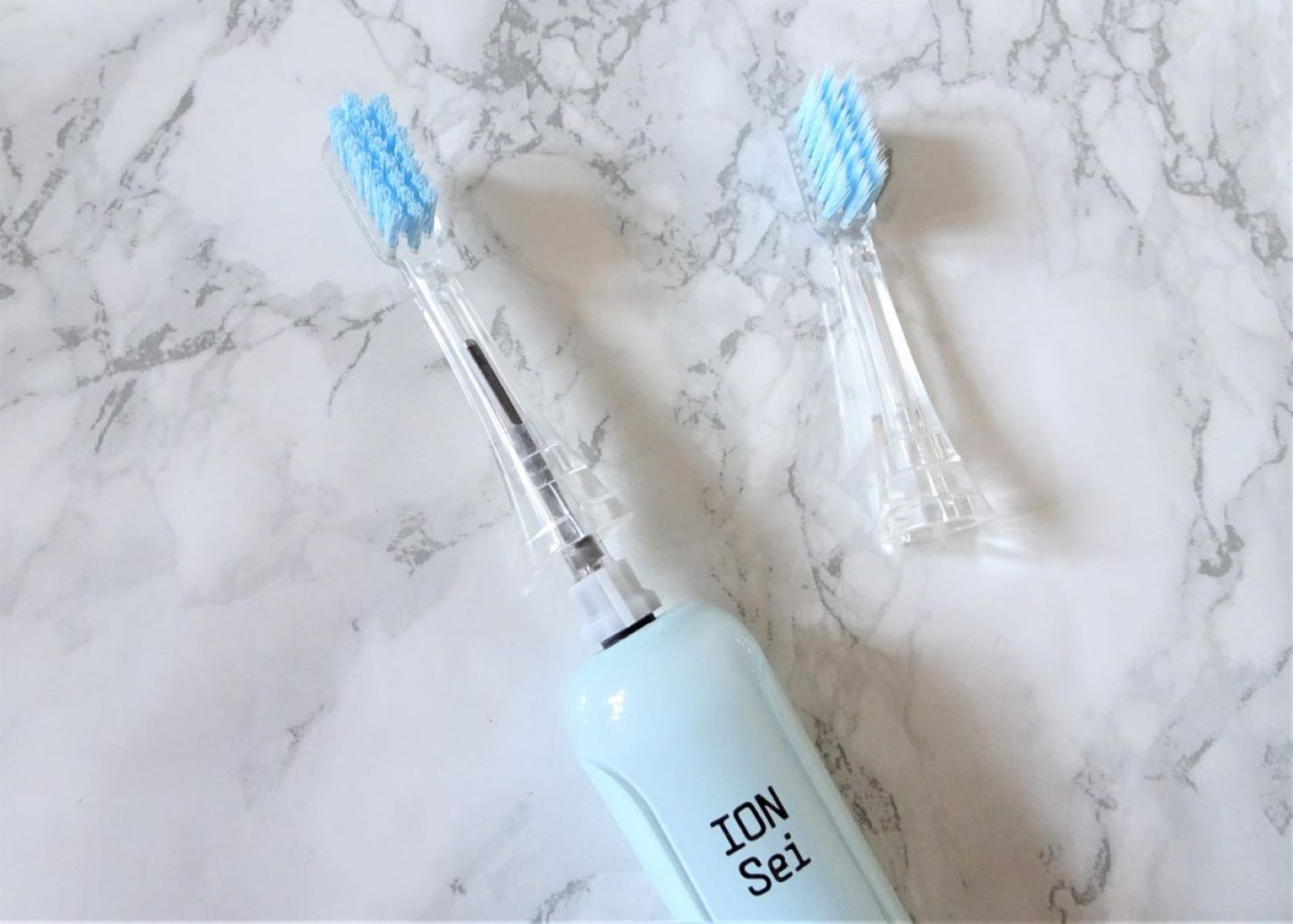
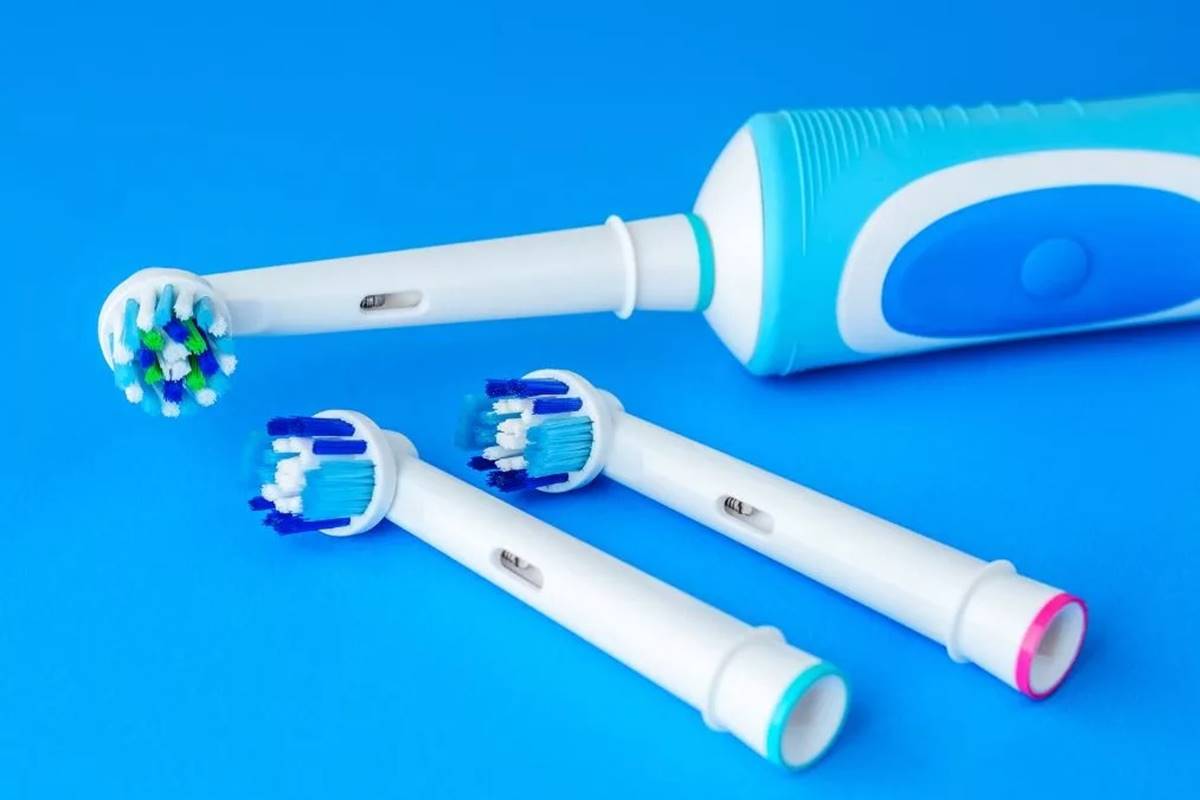
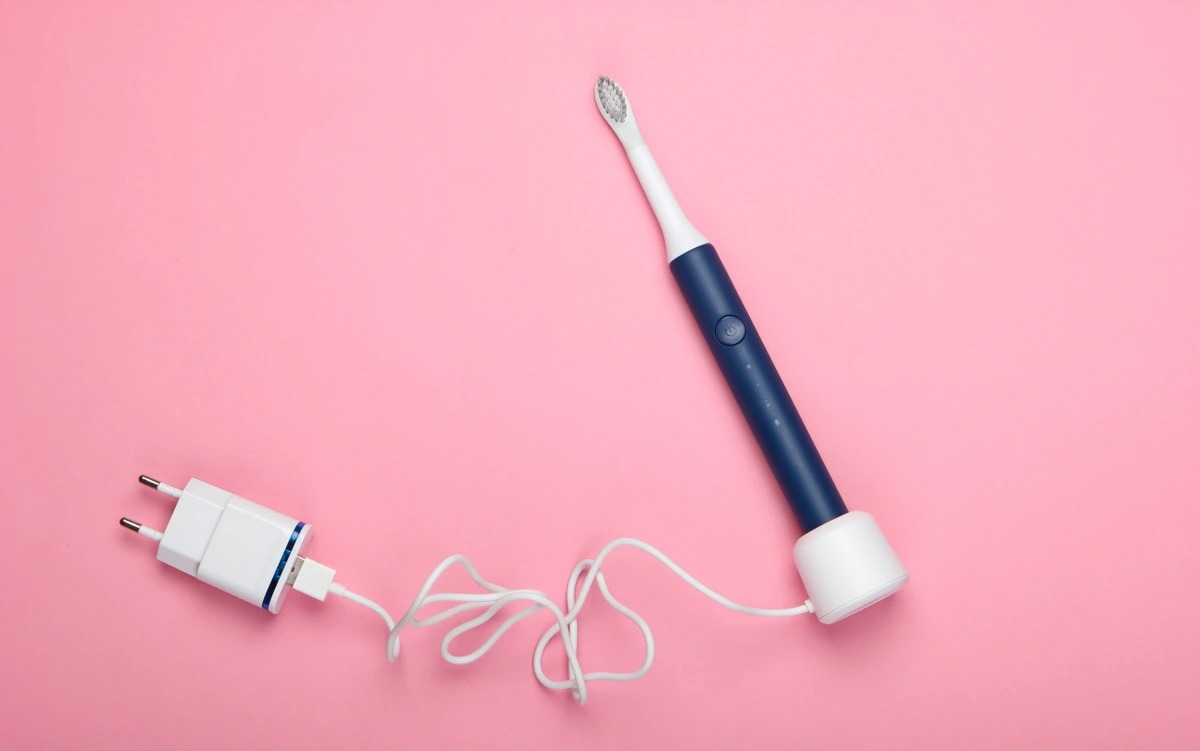
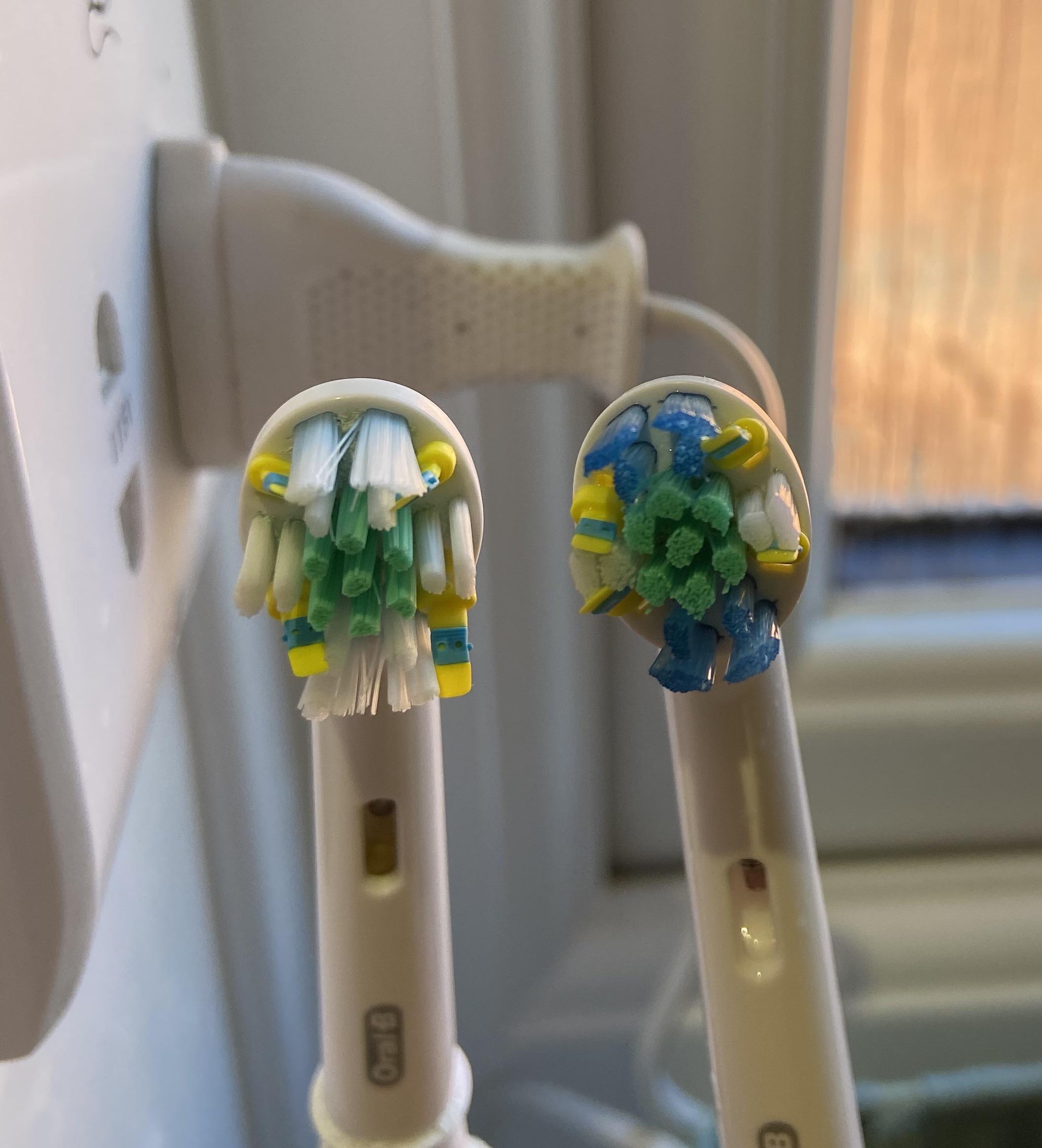
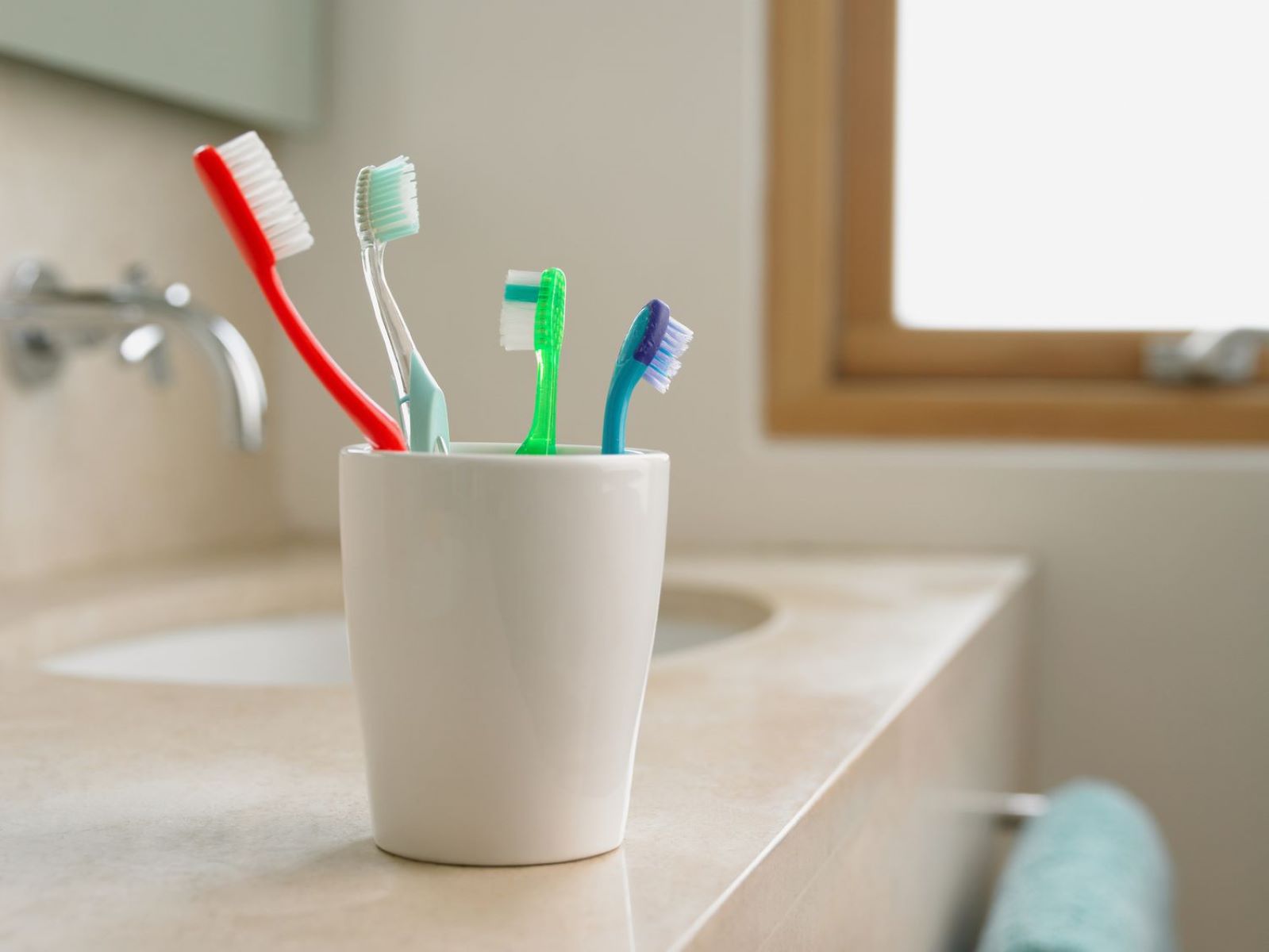

0 thoughts on “How Long Does COVID Live On A Toothbrush”